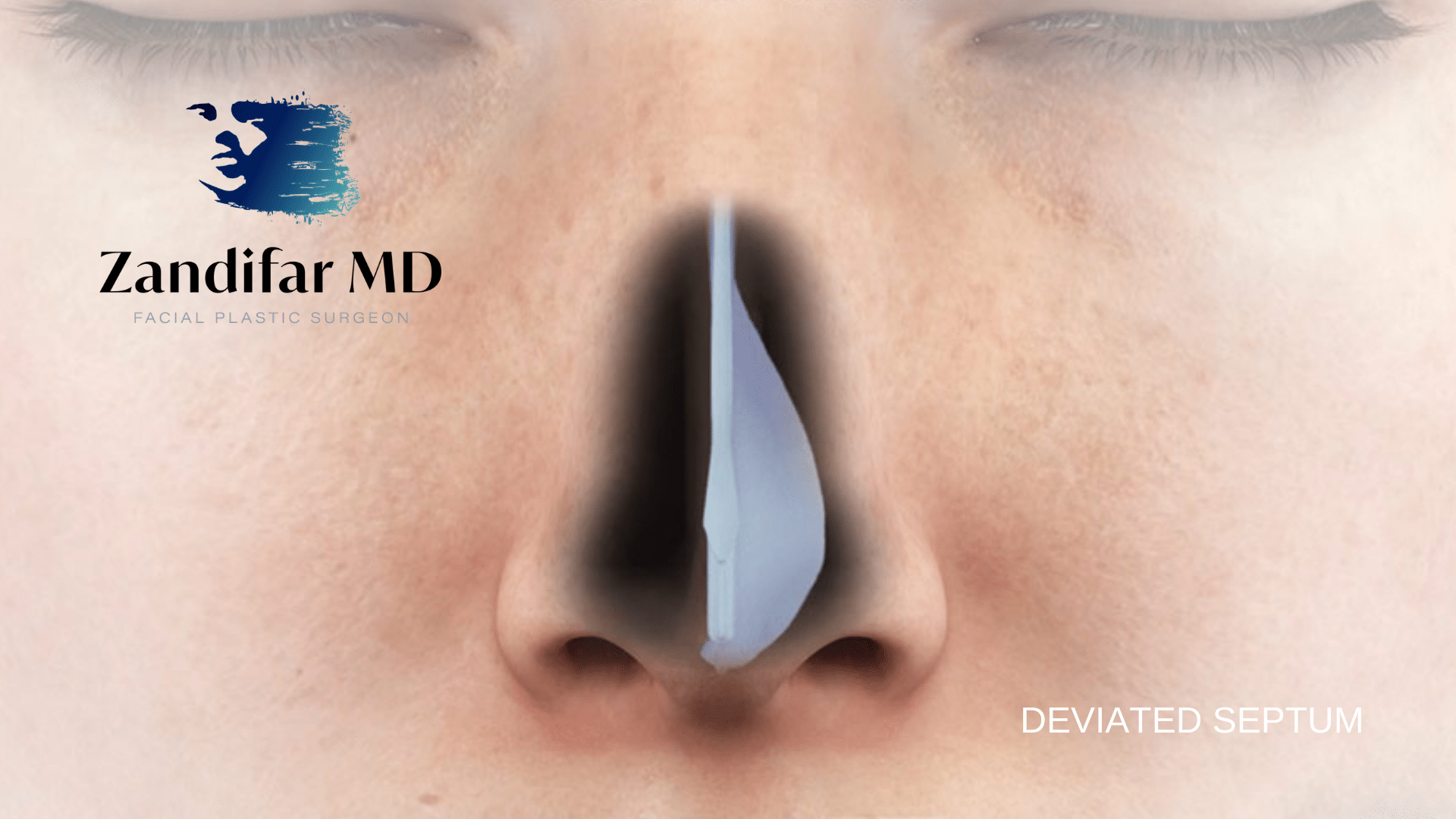Peerless Tips About How To Tell If I Have A Deviated Septum

Hold it straight under your nose, pointed at your nostrils or nasal opening.
How to tell if i have a deviated septum. In some cases, normal sinus drainage is. Lean your head back and look into a mirror. It can cause other conditions or make certain illnesses worse.
Headaches or facial pain noisy breathing disturbed sleep obstructive sleep apnoea check your symptoms — use the symptom checker and find out if you need to seek. This wall of cartilage and bone divides your nose into its left and right. Early signs of a deviated septum include a.
A deviated septum is a common health condition that can affect anyone, regardless of age, sex, race, or ethnicity. A simple way to determine whether you have a deviated septum is to tilt your head back and look in the mirror. Even though 80% of people have a deviated septum, many of them.
Mertailor on february 25, 2024: The most common symptom from a badly deviated or crooked septum is difficulty breathing through the nose, which is usually worse on one side. A deviated septum happens when that tissue gets dislocated.
If you notice that the center divider of your. Diagnosing a deviated septum your healthcare provider will ask questions about any. If you have a deviated septum, and it doesn’t affect your breathing or lead to frequent sinus infections, also known as sinusitis, you can probably leave it alone.
Signs and symptoms of septal issues, such as a deviated septum, include: The most common symptoms of a deviated septum are difficulty breathing and ongoing sinusitis, infection, or inflammation of the nasal mucous membranes. Headaches nosebleeds sinus infections dryness in one nostril snoring, loud breathing during sleep, sleep apnea nasal congestion or pressure facial pain sleep.
I wanted to show you this recent photo i took of one o. 5 signs you have a deviated septum there are several problems you can experience if you have a deviated septum. How to tell if you have a deviated septum.
In addition to obstructed breathing, symptoms of a deviated septum can include nosebleeds, a feeling of pressure or pain behind the face, and snoring. You may want to talk. I hope everyone is having a great weekend!
The symptoms are often worse on one side. If your nostrils are similar, you might not have a deviated septum.
Symptoms of deviated septum may include breathing through one nostril, frequent nosebleeds or sinus infections, or snoring during sleep. The most common symptom of a deviated septum is nasal congestion, with one side of the nose being more congested than the other, along with a hard time breathing. A deviated nasal septum means that your nostrils aren't quite equal because the septum isn't centered.
![6 signs you have a deviated septum [Infographic]](https://drmonicatadros.com/wp-content/uploads/2017/10/6-signs-you-have-a-deviated-septum-2.png)

















